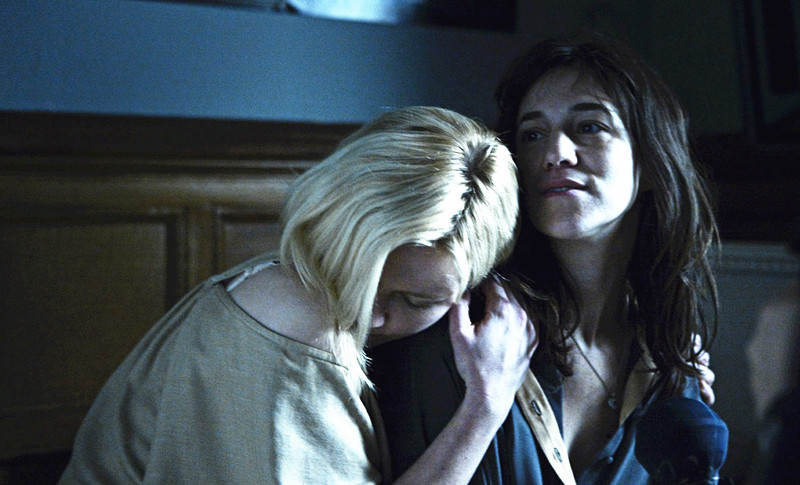
Female disintegration has long been a vehicle, on and off screen, for exploring the societal ills that plague women and become the crosses they unwillingly and unwittingly bear. Wildly worth noting is how two of the films on this list are directed by women.
The monopoly of men within the cinematic landscape of female unraveling is baffling, yet entirely unsurprising given the overall dominance of male voices in the film industry. This comes with patriarchal underpinnings, of course.
For one, the notion of sexual repression marks a common through line in these entries, emerging as a threshold the female heroines in these entries cannot pass on their way to womanhood, setting them on the path of emotional disintegration.
Is this a patriarchal notion – that the only path toward womanhood is through emerging as a sexually liberated, viable woman? A construct to consider, especially whilst exploring Catherine Deneuve’s sexually frustrated turns in “Repulsion” and “Belle de Jour.” Another common through line, which appears in both female-directed entries, is that of domestic suffocation, or being confined by the walls of the household.
This constricting force weaves its way through “Rebecca,” “The Hours,” “A Women Under the Influence,” “Rosemary’s Baby,” and of course, “Jeanne Dielman.” Yet this thematic concern, explored in both of our female-directed entries, is far more explicitly feminist, taking cues from Betty Friedan’s seminal “The Feminine Mystique.”
Be they problematic or boldly feminist, many of these films nevertheless bear a legacy that does not belong to their oft-polarising creators (see: Roman Polanski, Woody Allen, Lars von Trier), and form a fascinating look at female vulnerability and psychosis on screen.
20. Girl, Interrupted
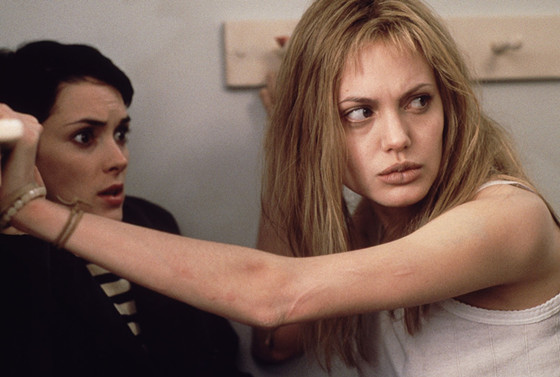
“Girl, Interrupted” begins with a nervous breakdown and through it, and its heroine’s admittance into a psychiatric hospital, explores girlhood in crisis and the female friendships that, in its midst, become soul-saving.
Winona Ryder’s Susanna, having been admitted for borderline personality disorder, encounters a group of misfits on the brink of adulthood consigned to the outskirts of ordinary youth. Susanna herself, at 18, is the only one of her peers not going to college.
As such, the characters in “Girl, Interrupted” exist in the sanitised limbo of the psychiatric ward. Camaraderie emerges from being in a place in their lives where both their identities and future are in question, and futures are in question – remove rest of sentence.
The film, though messy at times, features an Oscar-winning turn by a defiant Angelina Jolie and a cast of headstrong, individualistic characters – unique and troubled in equal measure.
19. mother!
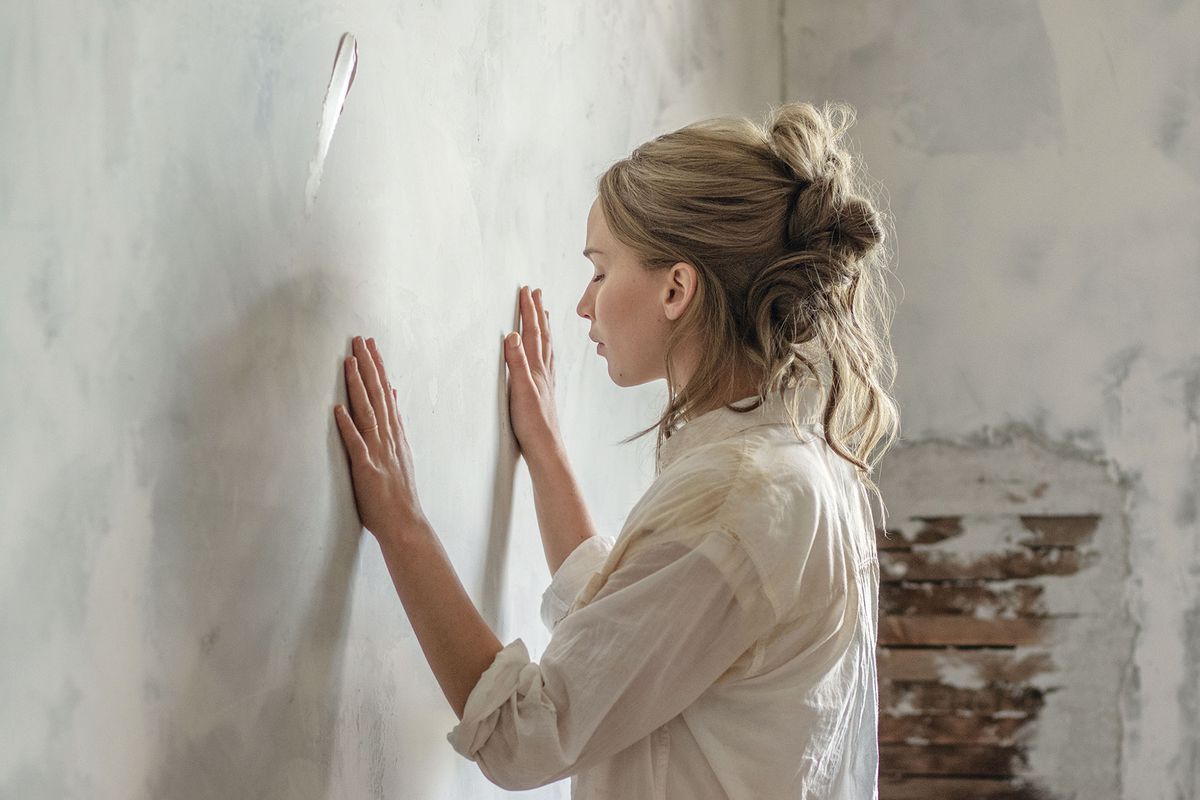
Darren Aronofsky’s metaphorical and divisive “mother!”, fronted by Jennifer Lawrence, presents a heroine whose unraveling is not so much a characterisation concern as it is a thematic one. The director uses her descent into hell to symbolise Mother Earth’s very real disintegration as intrusive humans inhabit and pillage her resources.
As more humans enter Lawrence and Javier Bardem (known simply as Him and mother)’s edenic home and circumstances become increasingly dire, the virginal matriarchal force that Lawrence embodies in sheer silk nightgown and bare feet grows tortured and furious. She is powerless, at the mercy of her husband and his whims, wide-eyed and horrified as everything she holds dear (including her own child) is taken from her.
Eventually all she has left – her heart – is taken too and used to build the destroyed home anew. The film received strong reactions, both of acclaim and horror, for its wild impulses, excesses and grand ambitions.
18. Rebecca

After marrying wealthy widower Maxim de Winter, a young woman finds herself living in the wide shadow cast by his former wife in Hitchcock’s “Rebecca.” The film’s heroine, who, not insignificantly, remains unnamed throughout and known solely as “the second Mrs de Winter,” is consistently compared to the household’s former mistress with undisguised contempt on behalf of the housekeeper, Mrs Danvers.
Rebecca, never seen but always present, conjures the image of the perfect wife and woman: a vision of elegance, charm, charisma. The housekeeper recalls her with unrestrained reverence, leaving our unnamed protagonist haunted by the perfection de Winter’s former wife left in her wake.
Yet it transpires that the image was a facade, a falsity both de Winter and Rebecca conspired to create. In truth, she was defiant and manipulative, not a dream but a nightmare, who died in the throes of an argument with her husband. The magnetic sheen around the ideal she conjured dissipates like vapour, leaving in its place the cold stark realisation that there is no perfect woman.
The second Mrs. de Winter, in discovering the truth, replaces her jealousy and emotional disintegration with stark resolve, relinquishing her girlish naïveté in order to help her husband cover up his murder. The heroine’s character arc thus chronicles a slow-burn jealousy that, at its point of culmination, catalyses a transformation from girl to woman.
17. The Hours
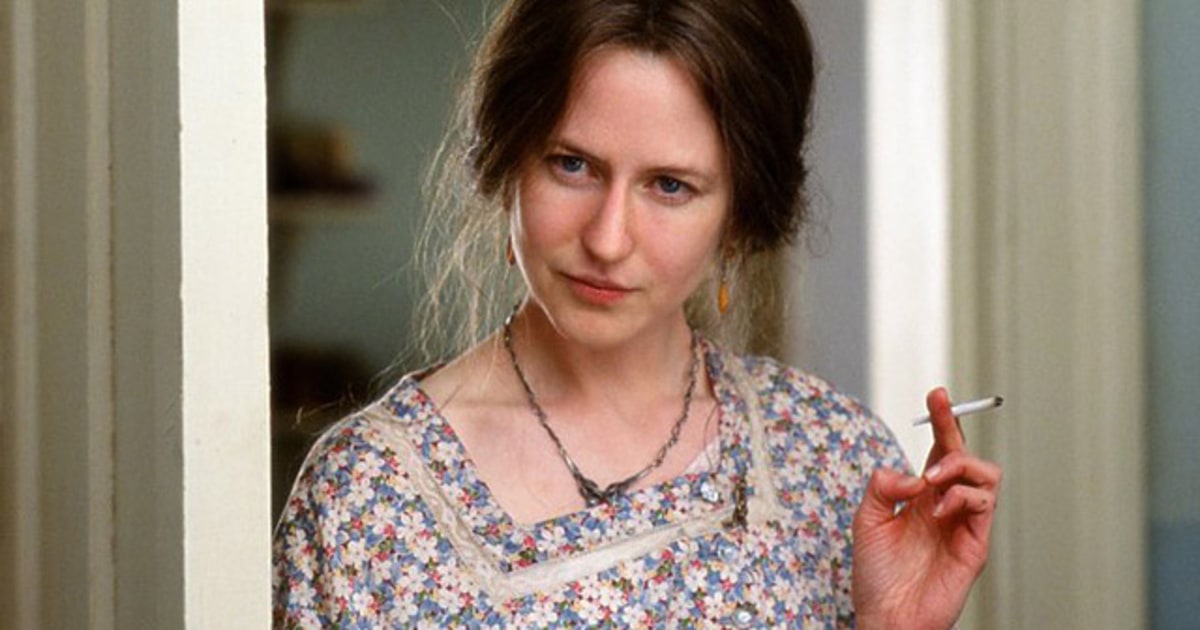
“The Hours” follows three women from different time periods who struggle with the roles to which they are consigned. This thematic concern is embodied in a harrowing scene in which Julianne Moore’s character leaves her young son with a friend and drives away. She goes to a hotel room with the intention of killing herself, seemingly trapped in her peaceful yet claustrophobic domestic life.
Meanwhile, in speaking to her child about her aunt, Virginia Woolf, the famed author’s sister states that she has two lives, the life she’s leading and the ones in the books she’s writing.
This notion is central to “The Hours,” as Woolf’s “Mrs. Dalloway,” about a housewife disintegrating over the course of a dinner party, becomes the unifying thread connecting these three disparate narratives. Virginia is writing it, Laura is reading it, and Clarissa is living it – all of them quietly unhappy, suffocated by duty and responsibility. Meryl Streep’s character, on her end, sums up this collective sentiment in saying: “I seem to be unraveling”.
16. 3 Women
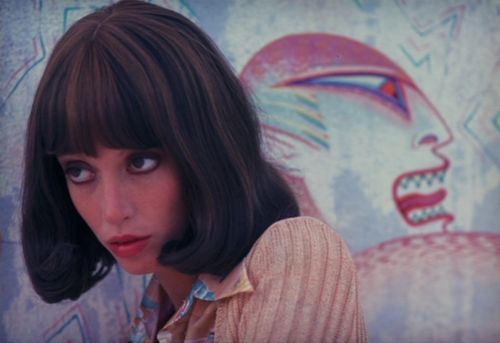
“3 Women” was entirely conceived in one of Robert Altman’s dreams. The resultant film is as surreal as the story of its inception might lead you to expect, lending itself to an infinite array of interpretations grounded in dream and psychoanalysis. As the title suggests, it connects three women: the ever-haunting Shelley Duvall’s Millie Lammoreaux; an unsettling Sissy Spacek as Pinky Rose; and the prophetic and strange Willie Hart, played by Janice Rule.
Spacek’s Pinky, after an attempted suicide, is plunged into a coma from which she awakens psychologically altered. Initially a shy, submissive character, she emerges cool, confident, even dismissive – entirely the opposite of her previous self.
It becomes clear that Spacek’s newfound characteristics are mirror versions of her roommate Shelley’s. Her shifted interior is left unexplained, adding to the aura of mystery surrounding the film. Post-coma, Millie, the once contemptuous roommate, startled by this change, begins to adopt Pinky’s previously reserved and submissive traits.
Their psyches become interchangeable, once again reversing at the end. The film, populated by these layered and mysterious women, becomes an avant-garde portrait of identity and its malleability, dwelling in a tone of permanent unease.
Both its heroines want desperately to be accepted: Shelley by Millie, and Millie by the men at work. Though the film may seem abstract, their identities and the crises they undergo are informed from the beginning by this central desire.
15. Belle de Jour
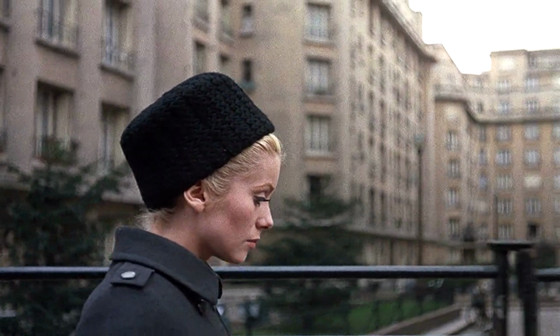
Catherine Deneuve in “Belle de Jour” is all repressed sexual desire in tailor-made Yves Saint Laurent. Amid fantasies of being possessed by men via bondage and sadomasochism, Deneuve’s Séverine, unbeknownst to her husband, becomes a part-time prostitute.
She remains distant and restrained in the domestic setting, refusing her spouse’s advances whilst indulging in fantasies and eventually concrete sexual escapades. This hidden life soon makes its way into her home in the form of a client who becomes obsessed with and follows her, going on to shoot her husband.
As with several other entries on this list, the unraveling at the centre of “Belle de Jour” stems from repression, specifically libidinal repression. Readings of the text at opposite ends of the feminist spectrum are possible.
On the feminist end, “Belle de Jour” is the portrait of a woman with agency in controlling and satisfying her desires. The clandestine way in which she goes about it is a testament to the hushed tones in which liberated female sexuality was and is discussed.
The opposite reading views the piece as male-directed fantasy, and Deneuve as agent in enacting Bunuel’s desire. Either way, our heroine’s agency is undeniable, her double life a symbol of the divide between clean-cut domestic life and its underlying web of sexual and emotional tension. Either way, our heroine’s double life becomes an undeniable symbol of the divide between clean-cut domestic life and its underlying web of sexual and emotional tension.